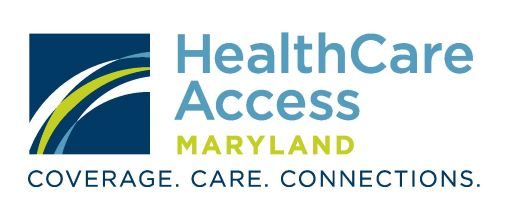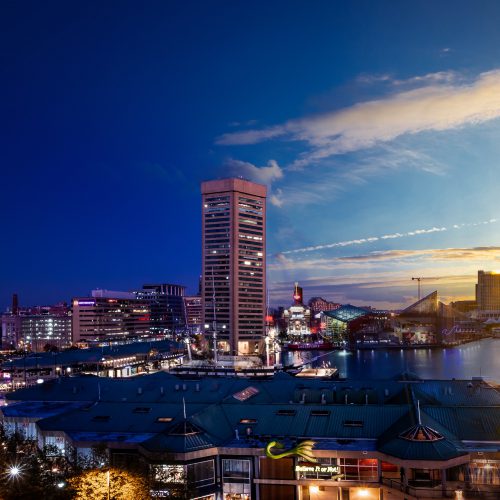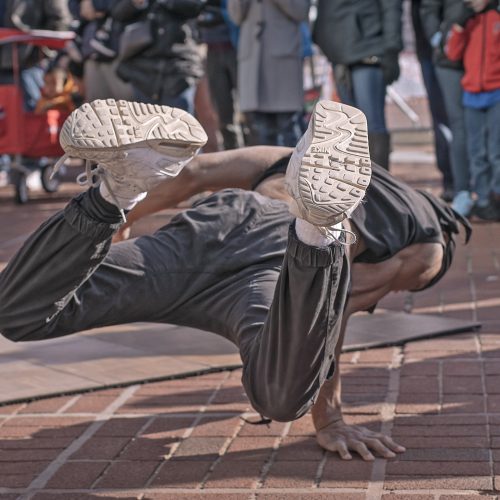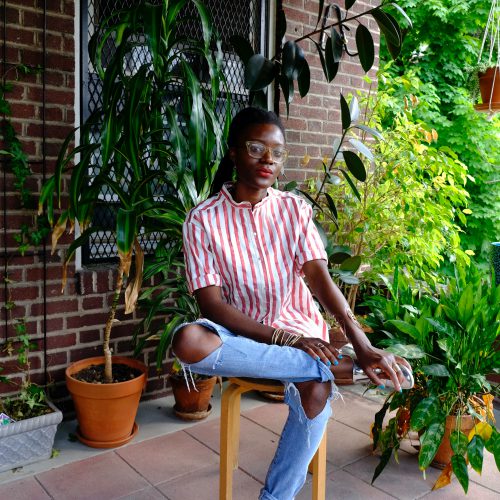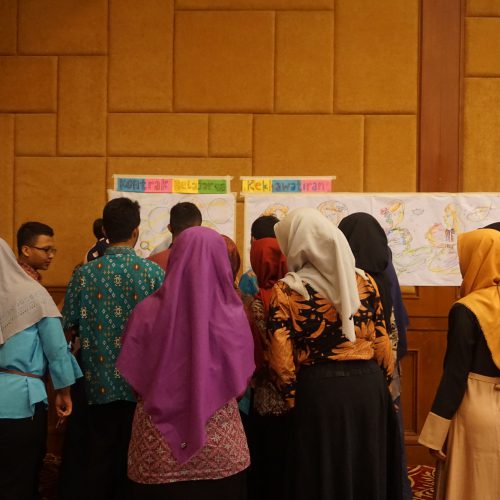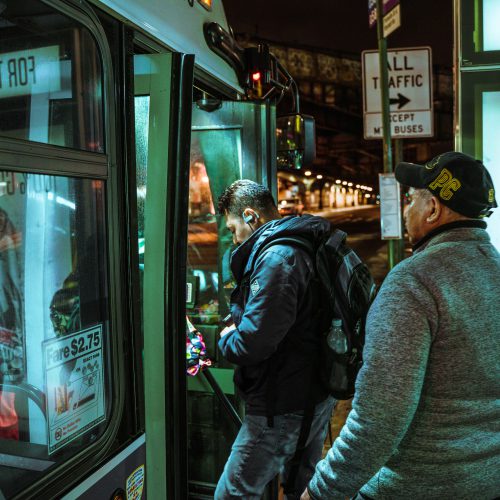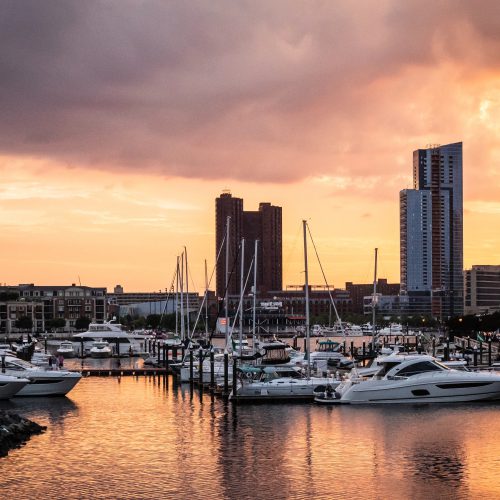Established in 2008, Minority Mental Health Awareness Month raises awareness around the mental health barriers and stigma faced by marginalized communities. The recent transition to the 988 helpline, provides greater access to 24/7 confidential, life-saving services, bringing equitable access to care to the forefront.
For Samirah Abdul-Fattah, talking with and listening to the community is crucial to ensuring equitable access to mental health resources – including 988. As the Greater Baltimore Regional Integrated Crisis System (GBRICS) Community Engagement Coordinator, she spends her time working alongside diverse communities to ensure the future of behavioral health emergency response reflects their needs and supports their mental health and wellness. Samirah’s work engaging with and gathering feedback from community members over the last year has been crucial in guiding how we can transform our behavioral health emergency response in Baltimore City and around the state. We chatted with Samirah to gain more insight on the new 988 helpline and to hear more about what people can expect when they call in.
Q: What is the 988 helpline and why was it created?
A: On July 16, our local Here2Help Hotline and the original Suicide National Lifeline number transitioned to the three digit 988 for emergency emotional support. We’ve been talking with community members about the transition and they’re ready for it. The original numbers are not going away, but the 988 number is easier for people to remember and will be used to connect people to local and compassionate resources.
Q: What can someone expect when they call or reach out to 988?
A: A local, professional counselor will respond to connect the caller to resources in their area. In our conversations, parents and even people who have been in distress shared that one of the biggest barriers to making the call is not knowing what will happen after they’ve called, so one of the most important things operators will do is tell a caller what to expect.
Often, the responder can help resolve the call on the phone, but if the caller needs a higher level of care – a team will be dispatched. A clinician and peer will arrive as soon as possible, ready to deliver compassionate, culturally competent care. We are also preparing to strengthen response with more staff that can answer calls and handle follow-up after a crisis is over.
Q: Will the implementation of a separate emergency mental health number help improve equitable access to mental health care?
A: Equity starts with helping people feel safe making the call and ensuring that the providers are culturally competent, and we know that past negative experiences create huge barriers. People of Color with behavioral health crisis are more likely to experience violence or death. In the African American community, people don’t always share all their experiences because they’ve been humiliated. Members of the LGBTQIA+ community have been mocked.
When we first started telling people about 988, they said, “Good – this is a number that is easier to remember and doesn’t have to engage law enforcement or involve going to the emergency department.” But others are rightfully skeptical – here in Baltimore, people have seen things like this come and go. Some have shared that if it’s the same old thing, they’re going to go back to using 911 or the emergency department.
So, yes, we have still a lot of work to do, but I think through the work that we’ve already put into this with the partners and community, it’s clear that people want to get it right. Additionally, our GBRICS Crisis System Standards has public oversite of the data and case studies built in to ensure equity. We’re very hopeful that the response will be respectable, culturally grounded and that people will get the help that they need regardless of who they are.
Q: What do you think makes 988 different than past initiatives?
A: Like I mentioned, community engagement has a lot to do with this. Community members have opened their hearts and shared their stories when they didn’t have to. I was very humbled and appreciative that they felt comfortable sharing with us. It makes me want to work harder to make sure they get what they need. We want better health outcomes, and we want less involvement with police and emergency departments. We want people to get better. Also, we have really focused on meaningful engagement and staying true to our word, by returning to the community with interim and comprehensive reports and our most recent webinar featuring a panel of community leaders.
I think something unique here is the community input at a grassroots level – they really set the course of our work. Which makes sense to me, because when you look back at community engagement, where have most of the movements that changed happened taken place? The answer is almost always, “Among the people.”
If you or anyone you know needs immediate emotional support, please call 988 to speak to a professional counselor at a local call center. For more information about 988, click the link here: 988 is Here to Help – Behavioral Health System Baltimore (bhsbaltimore.org).
